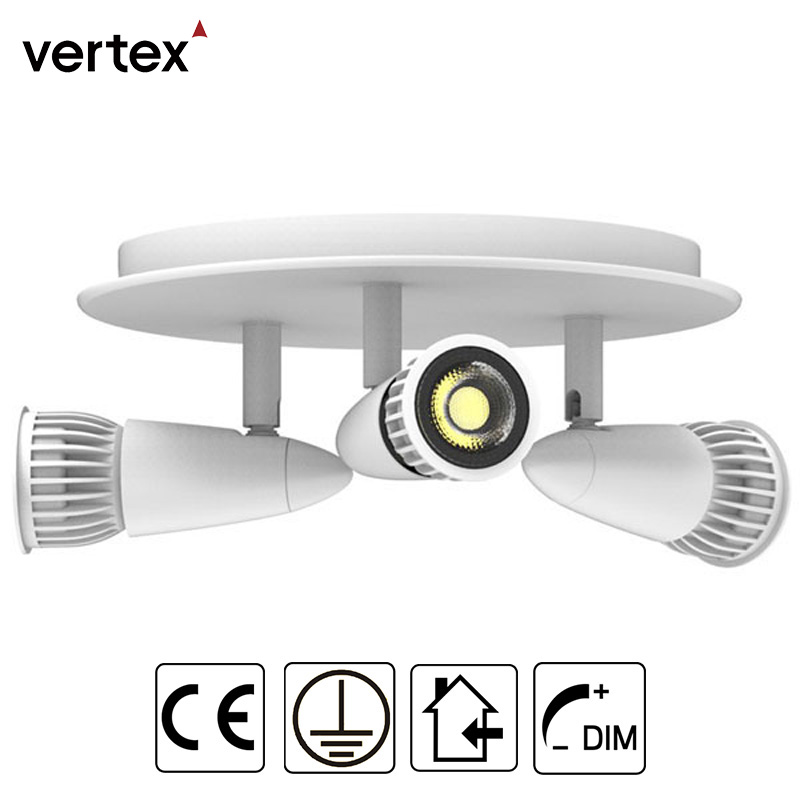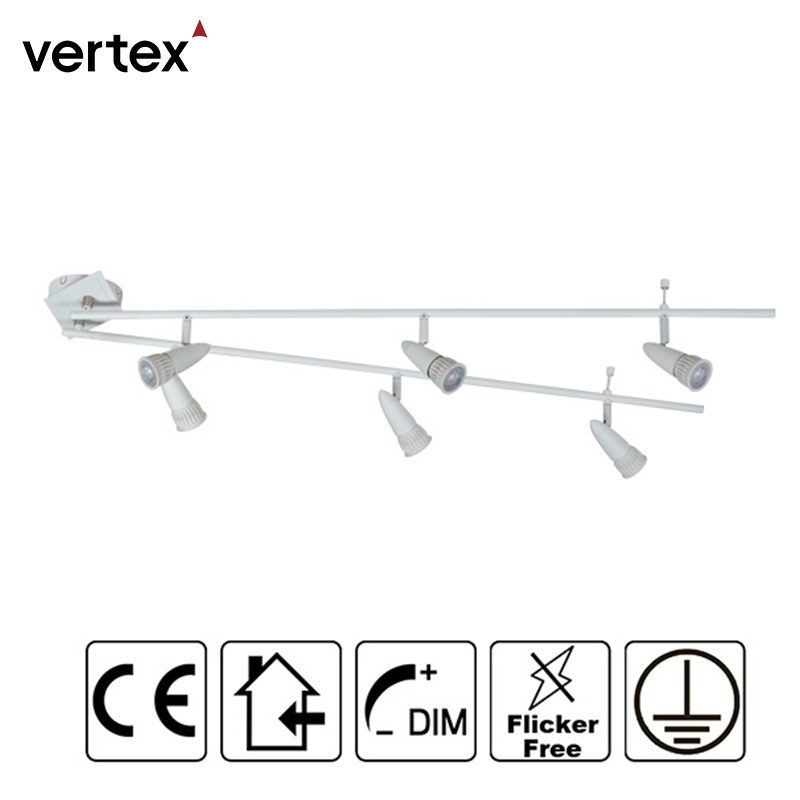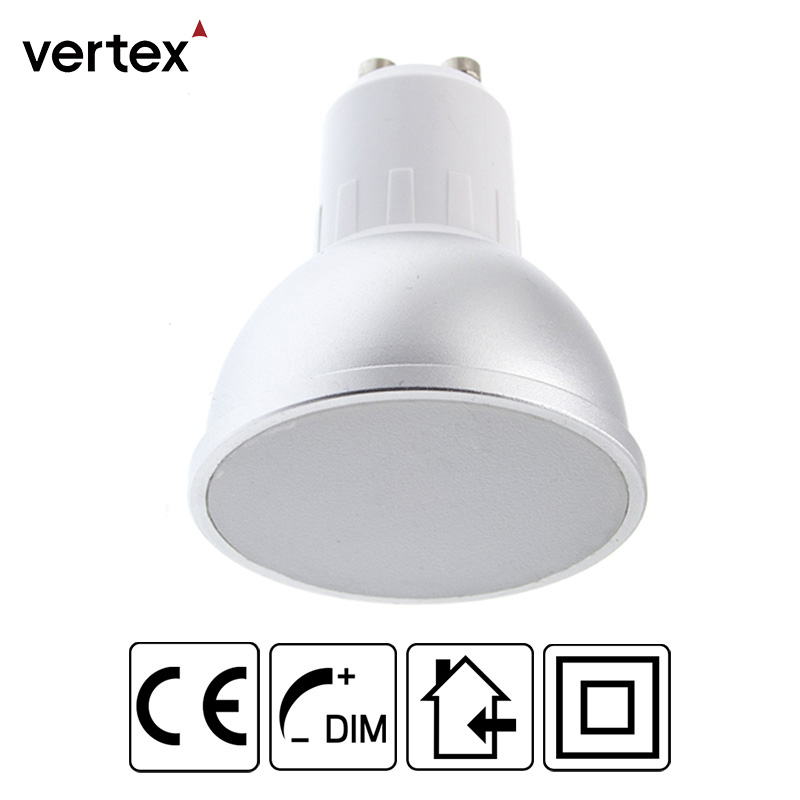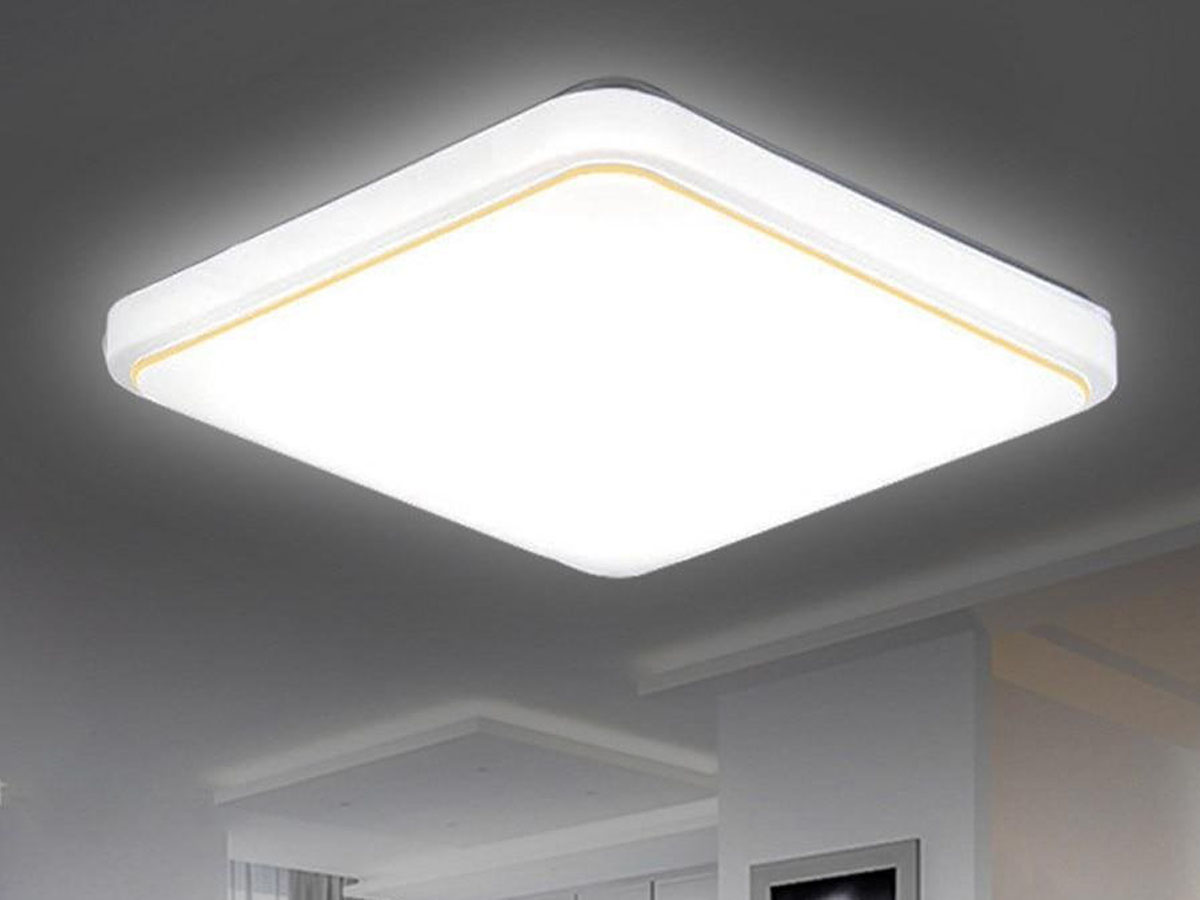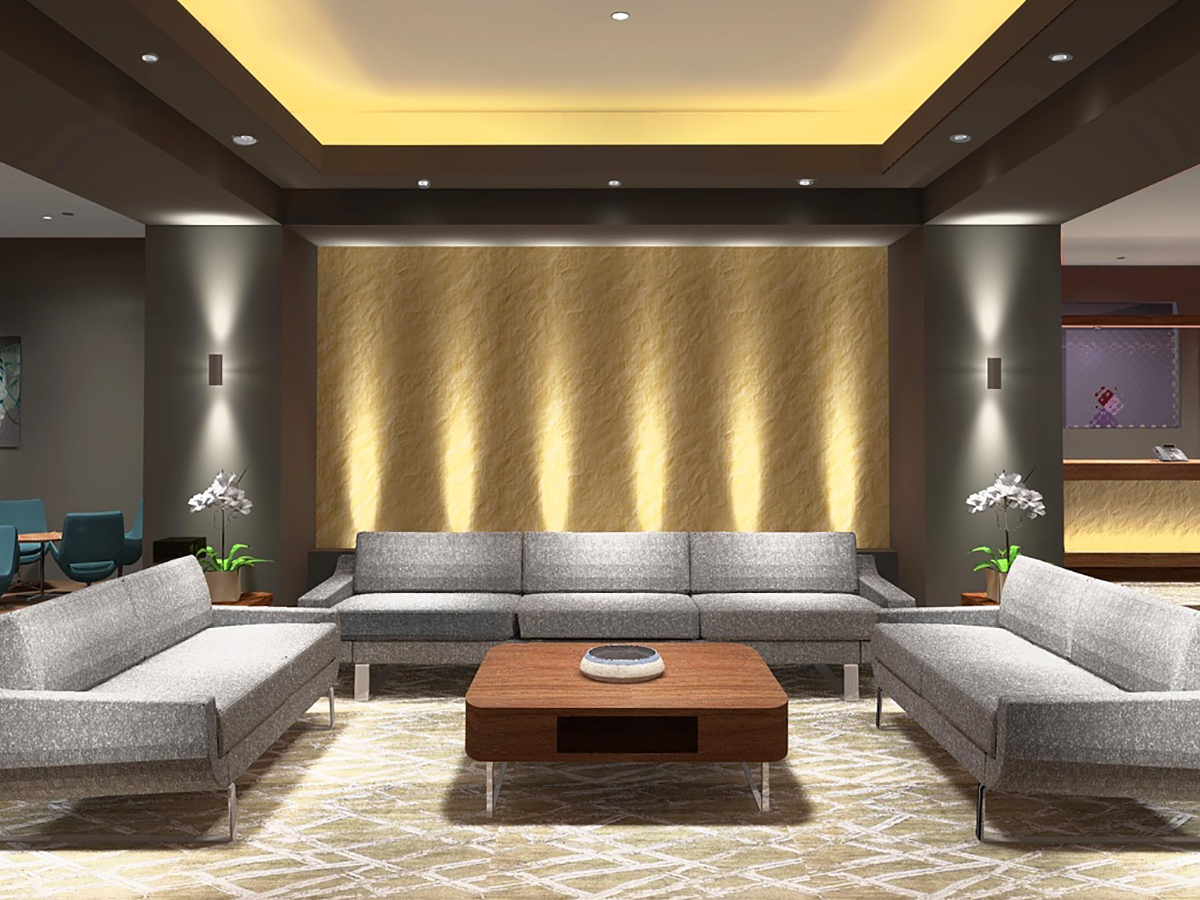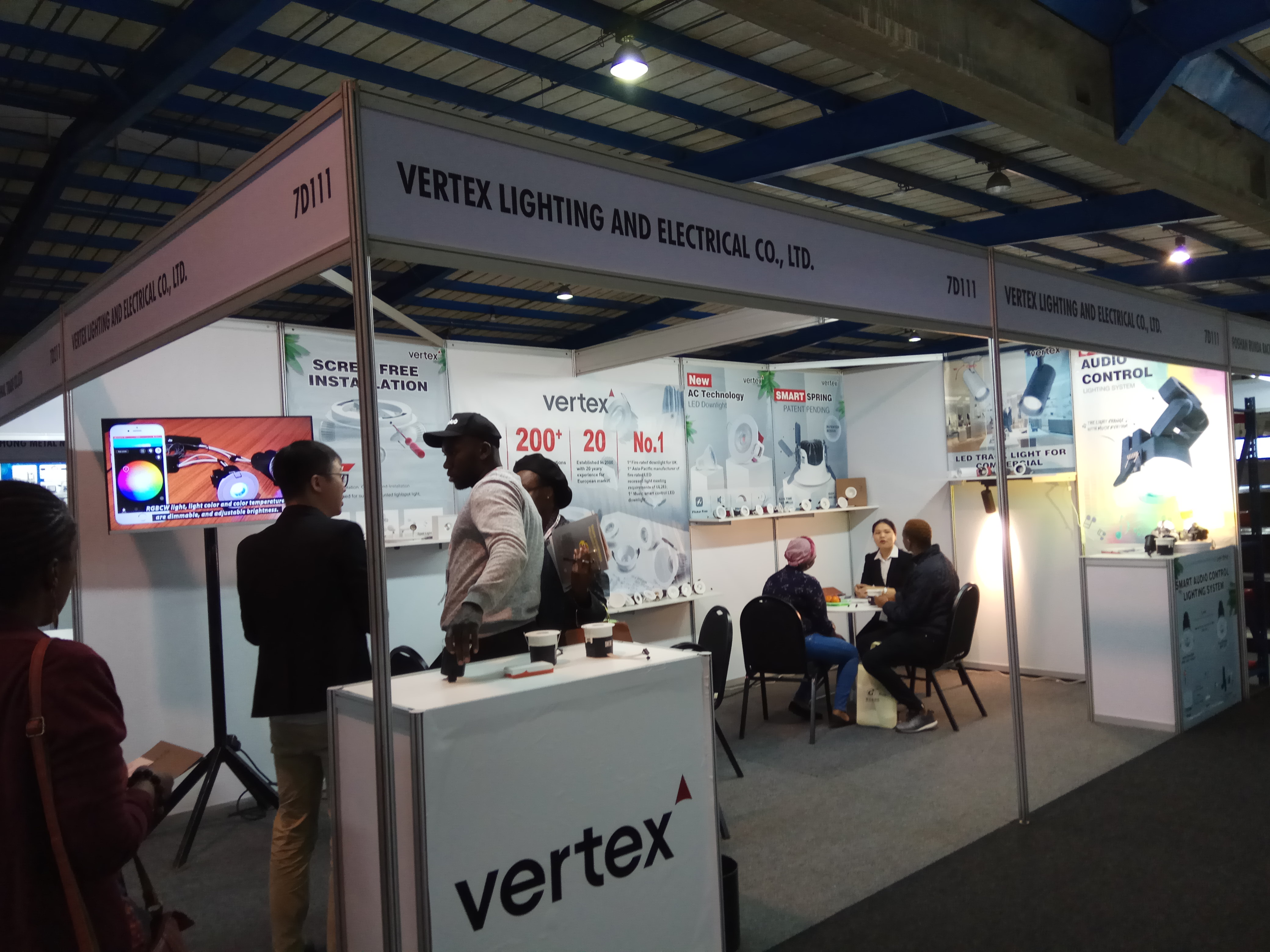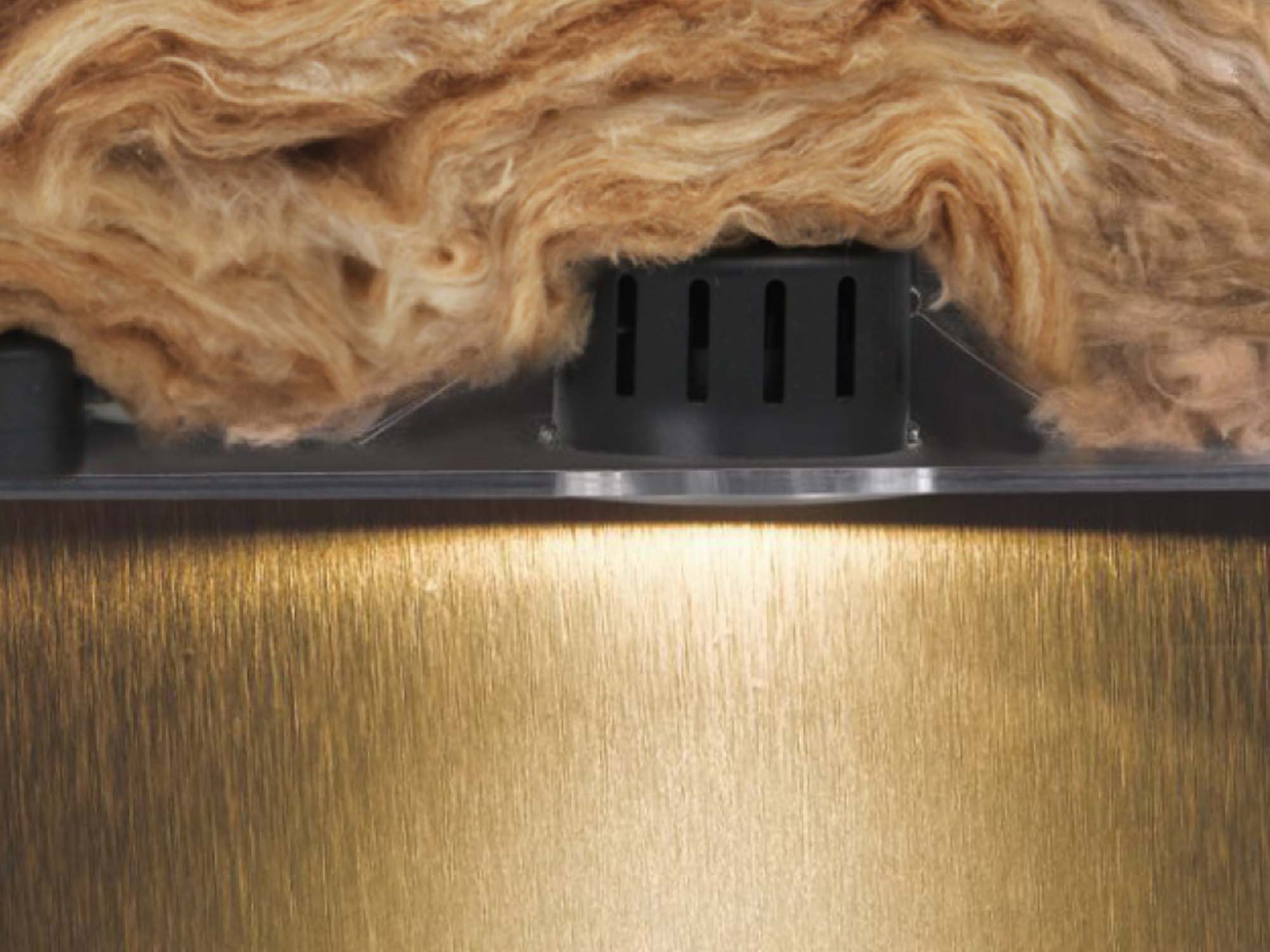Light Emitting Diodes (LEDs) have revolutionized the lighting industry with their energy efficiency, longevity, and reduced environmental impact. However, a common question arises: Do LED spotlights get hot? To address this, it's essential to understand how LED technology works.
How LEDs Generate Light
LEDs function through a process called electroluminescence, where an electric current passes through a semiconductor material, causing it to emit photons (light). Unlike traditional incandescent bulbs, which generate light by heating a filament until it glows, LEDs produce light with minimal heat loss.
Heat Production in LEDs
While LEDs are known for their efficiency, they are not entirely devoid of heat generation. The electrical energy that is not converted into light is dissipated as heat. Studies indicate that the surface temperature of LED lamps can range from 30°C to over 70°C depending on the design and wattage of the bulb.
The Misconception of "Cool" LEDs
A prevalent myth is that LED lights do not produce heat. This misconception stems from the fact that LEDs typically feel cooler to the touch compared to incandescent or halogen bulbs. The absence of infrared radiation, which is responsible for the heat felt from traditional bulbs, contributes to this perception. However, the internal components of LEDs can still reach high temperatures if not managed properly.
Why LEDs Feel Cooler
When you touch an LED bulb, it may feel cool because the heat generated is primarily managed internally. The heat is often absorbed by a heat sink, a component designed to dissipate heat away from the LED chip, ensuring that the external surface remains at a lower temperature.
Thermal Management in LED Lighting
Effective thermal management is crucial for the performance and longevity of LED lights. Poor heat dissipation can lead to elevated junction temperatures, which may affect the light output and lifespan of the bulb.
The Role of Heat Sinks
Heat sinks are typically made of materials with high thermal conductivity, such as aluminum. They absorb heat from the LED chip and disperse it into the surrounding environment. This process is essential for maintaining optimal operating temperatures and preventing thermal damage.
Active vs. Passive Cooling
While passive cooling through heat sinks is sufficient for many applications, high-powered LEDs may require active cooling methods, such as built-in fans, to maintain lower temperatures. This is especially important in applications where LEDs are used continuously or in enclosed fixtures.
Factors Influencing LED Heat Generation
Several factors can influence how hot an LED spotlight gets during operation:
1. Wattage and Design
Thermal management is also influenced by the design of the LED fixture, as well as the quality of the materials used for heat dissipation. High-wattage LEDs often produce more heat.
2. Ambient Temperature
The surrounding temperature can impact the heat dissipation capabilities of LED lights. In high ambient temperatures, the heat generated by the LED may not dissipate effectively, leading to higher operating temperatures.
3. Installation Environment
Proper installation is critical to good heat control.
Avoiding confined places without airflow can help keep temperatures down. Adequate ventilation allows for better heat dissipation, ensuring the longevity of the LED fixture.
Safety Considerations
Despite the heat generated, LED lights are generally safer than traditional lighting options. They are less likely to cause burns or fires due to their lower operating temperatures.
However, it is still advisable to follow manufacturer guidelines regarding installation and usage to minimize any risks associated with heat.
Conclusion
In summary,
LED spotlights do generate heat, but significantly less than traditional incandescent or halogen bulbs. The efficient design of LEDs, combined with effective thermal management strategies,
allows them to operate at lower temperatures while providing optimal lighting performance. Understanding the heat generation and management of LED technology is essential for maximizing their benefits and ensuring safety in various applications.
